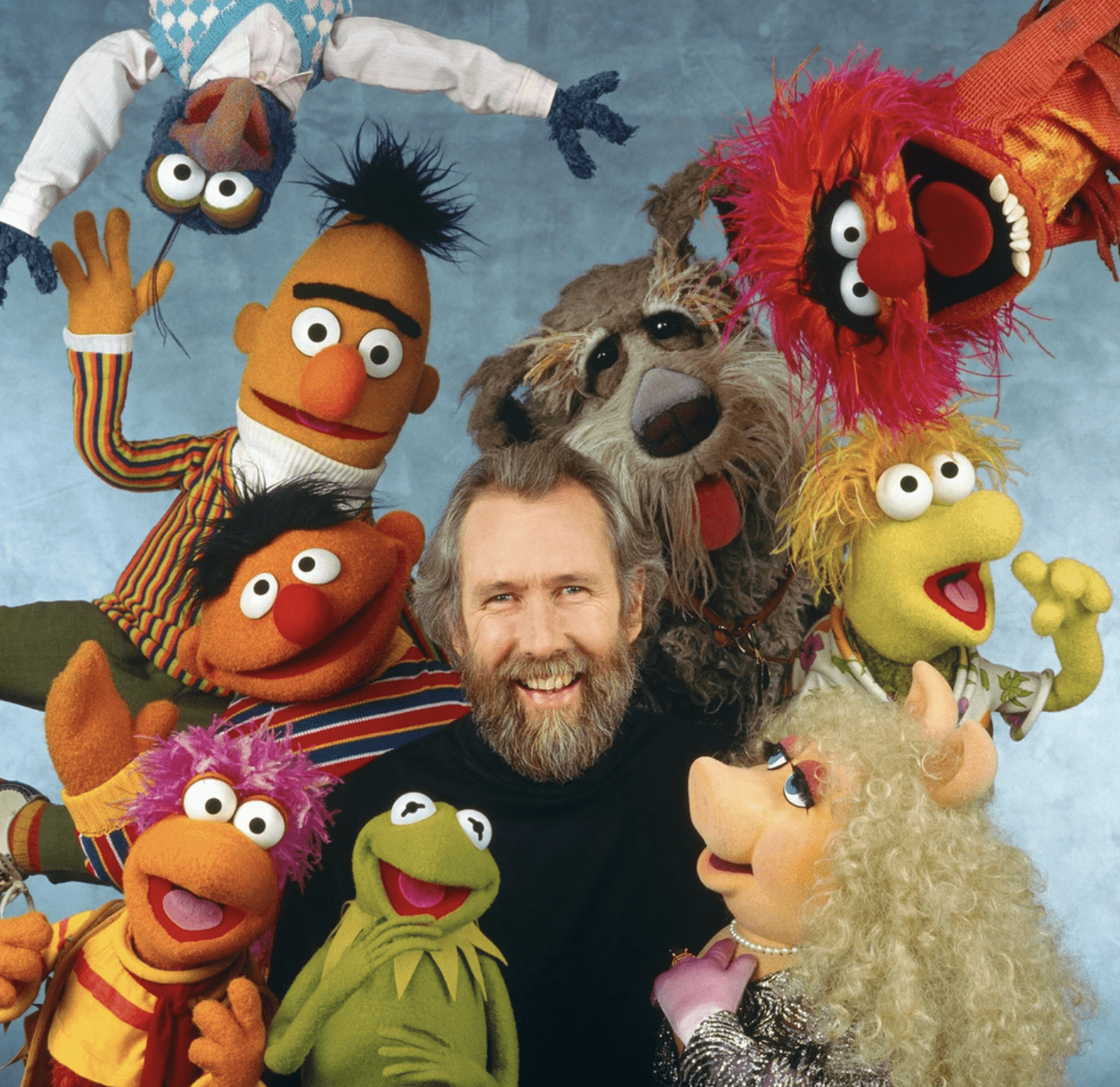Jim Henson was a true example of a creative genius.
The Mississippi-born puppeteer redefined his profession with the Muppets, which he once described as a portmanteau of the words “marionette” and “puppet.” Groundbreaking TV programs like Sam and Friends, Sesame Street, Fraggle Rock and The Muppet Show earned him awards and legions of admirers. He was also a talented filmmaker with an ability to meld conventional and outside-the-box themes, including his Oscar-nominated short Time Piece (1965), The Muppet Movie (1979) and The Dark Crystal (1982).
There were different sides to Henson’s character that didn’t always take centre stage under the bright lights. His shyness and occasional bouts of social awkwardness. His workaholic personality, which took a toll on his marriage to the love of his life, Jane. His initial apprehension to work in children’s programming. His belief in his colleagues and giving them creative freedom to accomplish great things. His passion for ideas, no matter how small or grandiose by design.
Ron Howard and Brian Grazer’s fascinating documentary, Jim Henson Idea Man, covered many of these intricate subjects. It’s been available for streaming on Disney+ since late May, and recently won several Primetime Emmy Awards, including Outstanding Documentary or Nonfiction Special. Deservedly so, in my opinion.
Aspects of Henson’s personality and brilliance were discussed in the documentary with only limited amounts of invasiveness and conjecture. Interviews with his children, friends and colleagues like Frank Oz were open in some instances, and more guarded in others. The subject matter would have been fairly well known to some viewers (I was certainly aware of much of it), but there were additional nuggets of information that filled in certain gaps of knowledge and understanding.
Let’s take a closer look.
Henson didn’t follow a traditional route into his profession. “I don’t recall ever seeing a puppet show when I was a kid,” he told Orson Welles in an unaired 1979 interview that appeared in the documentary. “No, and I never played with puppets – I never had any to play with.” That was rather interesting to see. It also provided additional context to Michael Davis’s Street Gang: The Complete History of Sesame Street, which included Henson’s November 1979 interview with the Saturday Evening Post that took a similar position in greater detail. “When I started out, I didn’t know much about puppets, and not having seen that many, I wasn’t overly influenced by what had come before. Puppetry has been around for thousands of years. It’s part of theater in which small wooden figures serve to represent people. In theater, people represent things. With puppets, you can deal with subjects in a way that isn’t possible with people. I think of puppetry as expressing oneself through charades.”
Henson regularly followed this set of principles during his career.
Sam and Friends was an early example. This was a 5-minute puppet sketch and live action show he created with Jane (before they got married) that ran twice daily on weeknights from 1955-1961. The puppets tackled topical news items in Washington, D.C., where the show was based, and spoofed popular programs like The Huntley–Brinkley Report. It was done in ways that old puppeteers couldn’t with marionettes and wooden figures. The interplay on Sesame Street between human characters (Bob, Maria, Gordon, Mr. Hooper) and Muppets (Ernie, Bert, Cookie Monster, Grover) occasionally exhibited this trait within an educational component. There’s also the musical fantasy film Labyrinth, starring Jennifer Connelly and David Bowie, with subject matter largely dominated by Muppets such as Hoggle (his son, Brian, was the puppeteer), The Wiseman (performed by Oz) and a wide variety of goblins.
Some fascinating insights into Henson’s life and work ethic occurred during the interview segments, too.
“To understand his subject’s genius,” the Washington Post’s Jake Kring-Schreifels wrote on May 31, “Howard leans heavily on Frank Oz, Henson’s longtime friend and collaborator, who provides insight into their diverse work and revolutionary approach to television.” Oz provided a unique understanding of their working relationship, which he amusingly described in the documentary as “both a joy and a grind.”
Kring-Schreifels also highlighted “the newest and most illuminating insights into Henson,” which “pivot on his romantic and creative partnership with his wife, Jane, who helped found their company, and their family life, which became strained in the years leading up to the couple’s separation in 1986.” As Howard told him, “I saw tremendous value in the Jim and Jane story, because I had no idea how significant Jane had been in really building the foundation of Muppets Inc. and everything that came from it.” Jane’s role in puppetry and helping build up the early Muppet franchise was known to an extent. Her disillusionment in being pushed aside after they started a family, and her growing frustration that he was rarely at home with her and the children, was more of a revelation.
A final thought.
Jim Henson Idea Man had a similar presentation to the acclaimed 2018 documentary about Fred “Mister” Rogers, Won’t You Be My Neighbor? Henson and Rogers were very different people with unique personalities and creative visions. At the same time, these two pioneers in children’s programming shared a real desire to change the world and make things better.
Henson and Rogers were both idea men, and men of many ideas. In the former’s case, it served him well at certain points – and served as a detriment in certain ways.
Michael Taube, a long-time newspaper columnist and political commentator, was a speechwriter for former Canadian prime minister Stephen Harper.






